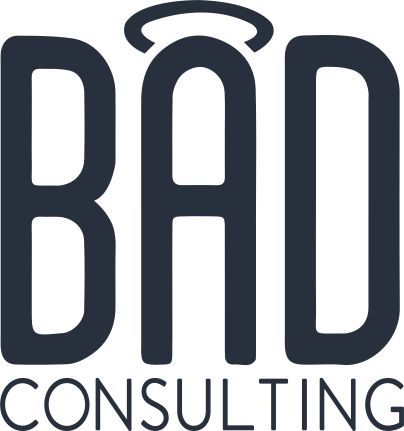I see it on so many social media accounts. They are reacting rather than driving the narrative. Breaking news? They’ll post. Events? They’ll post. Someone talking about them positively? They’ll post. None of those happening? No posts. There is nothing proactive about it.
Although that kind of content is great and can get your audience excited, it’s not your bread and butter content. And if you don’t make a plan for what to post when those things aren’t happening, the algorithm will not show you to as many people simply because you aren’t posting enough.
Not sure how to start planning for a more proactive approach to social media? Let’s take a look together.
Connect with your audience
If you don’t know what a more proactive approach looks like for your organization, a good place to start is with your audience. Sketch out exactly who they are and get to know their hopes, dreams, worries and more. Figure out how that connects with what you do from a primary and secondary perspective. Usually that’s enough to get you a solid idea of what you should be posting about when you don’t have an event or breaking news.
Still don’t know what to post about? Take your customer sketches and find people who fit them. Talk to them as well as your most enthusiastic fans on social media. What do you need to talk to them about? Definitely start with your organization and why it’s special to them. That will give you some different ways to look at what you currently have. But let the conversation veer away from your organization. Get to know these people and what is important to them. You will likely find some good ideas for content from it, and you might even find some new services your organization could offer.
And this is a big reason why you should do this conversation face-to-face or at least over a service like Zoom. When the conversation wanders, you’re able to find out things you never would have known about. A survey or email doesn’t allow for that wandering and therefore limits what you can find out about.
Take a look at SEO
If your organization has any kind of SEO, you likely have some keywords you’re targeting. Did you know you can use those keywords for all kinds of things?
The easiest is to take them into AdWords and use them to get other keyword ideas. Whereas SEO is going to focus on bigger searches, some related keywords with fewer searches could be just what you need to get some content ideas. Just because it’s not a great content topic for the website, doesn’t mean it’s not great for social media. Social media has a shorter shelf life, so it lets you try more things than a website allows.
Now, there are two ways you can go with this: You can take it to a website like Answer the Public which will give you the long tail keywords people are actually searching. This is my preferred way of looking at content, since it has endless content ideas and can usually get me thinking in a way I wasn’t before looking at the data. It’s honestly invaluable data that is a lot of the reason behind people think social media knows what they’re thinking. We, as social media professionals, kinda do because we have access to what those random searches are.
The other option is to put the keyword information into an AI tool like ChatGPT. I would advise not to ask it to put together the post, as it will likely be a generic post that won’t garner much engagement. But if you use it for generating post ideas, you’re more capable of putting a human touch on it that can get the engagement you are after.
Compare with your competition
The word “competition” is usually used too strictly. I remember having a client who told me they had no competition because no other organization had their goals. But the fact is that people were looking for the content they were serving and they were not the only ones serving that kind of content. Once we started looking at who was creating similar content, all of a sudden there was a lot of competition.
When you look at your own competition, it might be tempting to create similar content. The problem with that is you become a copycat. You are still creating reactive social media. If you want to move towards the proactive, you need to start looking for the holes. Look for what is not being created. Sometimes there’s a good reason why no one is going there. In that case, the idea needs to be thrown away immediately. But sometimes you can find territory that needs to be covered. And your organization can experiment with it.
Keep reading and trying
If you really want to create great proactive social media, your best bet is to read heavily and across many niches. If you just stay within your organization’s niche, you will keep using the same solutions for the same problems and be totally unprepared for when new problems arise. But if you are in other niches as well, you can sometimes see the problems before they arise and already have solutions in place when they might have become real problems for your organization. That is priceless.
Also, don’t be afraid of trying new things. If you fail, you’ve learned something new that can be used for future content. And as you keep trying, you learn more and more so that your content experiments become better and better. That means less failure and more success. But you can’t get there until you start trying.
Are you doing reactive or proactive social media? How is it working for you?

